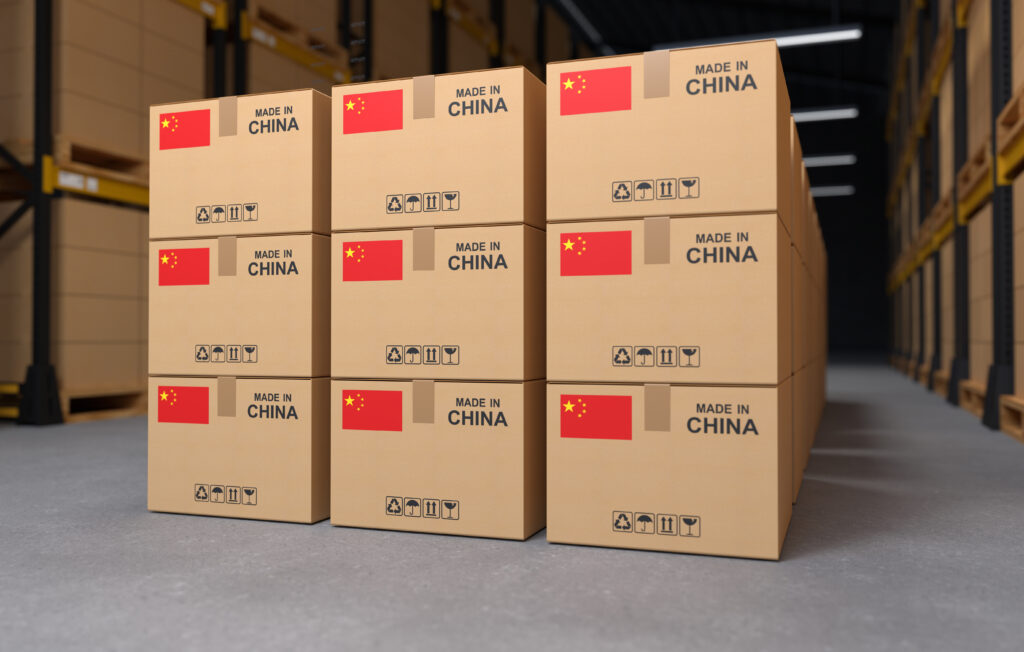China’s industrial policies, including the strategic Made in China 2025 (MIC 2025) initiative, aim to transform China’s manufacturing sector and bolster its position in high-tech industries. Through targeted investments, government subsidies, and localised experimentation in pilot cities, China has developed a competitive edge in emerging sectors. However, MIC 2025 has attracted criticism, sparking debates on whether state intervention in market dynamics leads to beneficial outcomes or inefficiencies. Additionally, the current trade tensions and protectionist policies, especially from the U.S. and the European Union, add complexity to China’s export-driven economy, challenging its path to technological self-sufficiency.
China’s industrial policies have been instrumental in driving the country’s economic transformation over the past few decades. At the core of this evolution is the Made in China 2025 (MIC 2025) initiative, launched in 2015 to position China as a global leader in high-tech manufacturing. By focusing on strategic sectors, MIC 2025 seeks to reduce dependency on foreign technologies and promote “indigenous innovation.” Unlike broad industrial strategies of the past, MIC 2025’s approach includes specific industry targets and localised experimentation, creating competitive advantages in advanced manufacturing, artificial intelligence, biotechnology, and green technology.
China’s industrial policy is not without historical context. Many East Asian economies, such as Japan, South Korea, and Taiwan, have successfully used government-led industrial strategies to transition from low to middle and high-income economies. These countries adopted export-oriented models while addressing domestic market inefficiencies, a model China initially mirrored. However, the scale of China’s industrial policy sets it apart, given the nation’s vast market and centralised policy implementation. MIC 2025 stands out as an ambitious plan, seeking not only to catch up but to lead in technology.
Unlike past approaches, MIC 2025 has a uniquely place-based implementation through pilot cities, which serve as testing grounds for policy effectiveness. Thirty cities were designated as pilot zones to experiment with policy instruments like tax incentives, public subsidies, academic collaborations, and talent recruitment programs. Research on MIC 2025’s impacts shows positive outcomes for firms in pilot cities, with notable increases in R&D activities and patents. This city-based approach allows policymakers to adjust strategies and ensures the flexibility needed for adapting to local economic conditions.
While the MIC 2025 initiative has led to successes in firm-level innovation, critics argue that it risks creating inefficiencies. Some claim that over-reliance on subsidies may distort competition, leading to issues of overcapacity in specific industries. Others question the initiative’s long-term sustainability, citing a lack of clarity on the continuity of public support. Nonetheless, MIC 2025 has provided a framework through which Chinese firms can strengthen their innovation capabilities, potentially transforming China into a high-income economy that maintains a strong manufacturing sector.
Trade conflicts, particularly with the United States, have complicated China’s industrial policy ambitions. In 2018, the U.S. imposed tariffs on Chinese goods, citing intellectual property concerns, a move that slowed China’s manufacturing growth. China responded with tariffs on American goods, setting off a trade war that strained both economies. The U.S.-China trade conflict remains tense, with protectionist measures affecting China’s export-driven economy. Recently, the Biden administration increased tariffs on Chinese electric vehicles and green technologies, underscoring U.S. efforts to protect domestic industries.
In addition to U.S. tariffs, the European Union’s recent policies indicate rising tensions with China. The EU has imposed tariffs on Chinese electric vehicles to support its domestic market and limit reliance on Chinese technology. This decision reflects broader concerns about Europe’s dependency on China for green technologies, especially as China dominates sectors like solar panels, lithium-ion batteries, and wind turbines. While the EU’s dependency on Chinese goods appears substantial, China also relies on the European market, creating a mutual dependency that may deter prolonged trade conflicts.
China’s industrial policy thus operates within an intricate framework of domestic goals and international pressures. The ongoing trade conflicts present challenges for MIC 2025’s success in reducing China’s reliance on external technologies. As China seeks to integrate into the global economy while promoting indigenous innovation, navigating protectionist policies from trading partners remains critical. The MIC 2025 initiative exemplifies China’s commitment to industrial modernization but also highlights the complexities of pursuing an aggressive, state-led approach in a globally interdependent economy.
Ultimately, China’s industrial policy trajectory will depend on its ability to adapt to evolving trade dynamics and maintain innovation-led growth amid shifting geopolitical landscapes. As the nation balances its technological aspirations with global trade relationships, MIC 2025 represents a bold step forward in reshaping China’s role in the world economy.

